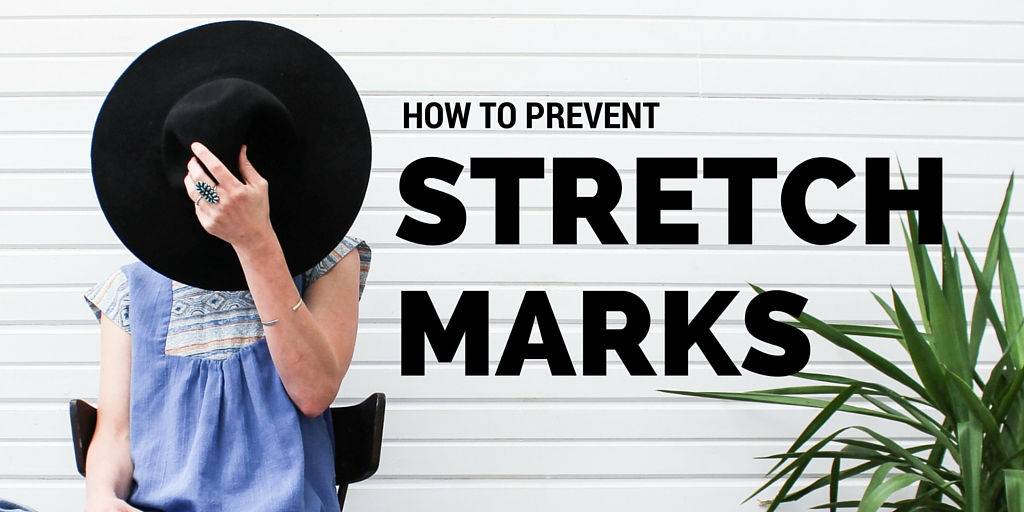More than likely you have, at some time or another, noticed stretch marks on some area of your body. For me, this typically happens when I’m putting on a bikini for the first time in anticipation of summer (I conveniently forget about their existence during the fall and winter months). If you’ve ever been pregnant you have probably experienced stretch marks, or perhaps they were your unsolicited “reward” for losing that 50 pounds during your office “biggest loser” competition. If you’re somehow a freak of nature with genetically perfect skin, you probably aren’t on this website or reading this blog (kidding!). Even so, perhaps you have observed stretch marks on other people’s bodies and wondered what causes them and how they got there.
What are stretch marks?
Stretch marks are indented striations on the skin that can vary in color and appear pink, red, blue, black, or purple. They typically fade to white over time and can appear on many different areas of the body including the belly, thighs, hips, breasts, upper arms, and lower back.
What causes stretch marks?
As the name implies, stretch marks are caused by—you guessed it—stretching of the skin. However, this is a bit of an oversimplified definition, and my goal is to provide an explanation that is a little more than skin deep (I couldn’t resist!). So let’s talk about what causes stretch marks and how they get there.
How do stretch marks get there?
Our skin has three layers: the epidermis, the dermis, and the hypodermis. The dermis, which is the middle layer of skin, contains connective tissue. This connective tissue is elastic and is designed to stretch slowly as the body grows. When the skin contracts or expands suddenly rather than gradually, the connective fibers in the dermis tear and break instead of stretching, similar to a rubber band that has been stretched too far and suddenly snaps. Picture the same rubber band and imagine stretching it slowly and gently, which is how our skin is designed to stretch over time. Now imagine abruptly yanking that same rubber band in opposite directions, snapping it. When this process of abrupt stretching happens in the dermis, the dermis tears and the deepest layer of skin (the hypodermis) shows through. This is what causes the stretch marks.
How severe stretch marks are depends on several factors, including the degree of stress on the skin, genetic predisposition, and cortisone levels (cortisone weakens those elastic fiber in the dermis). All skin is not created equal, which means your likelihood of getting stretch marks, along with how severe they are, is partially determined by whether or not you won the genetic lottery. If you’re lucky and have never dealt with stretch marks, congratulations, you are among the happy few. For everyone else who may be interested in information on how to reduce or remove stretch marks, please check out this blog post on stretch mark removal. There are options!
Written by: Margaret Durkovic



